As an Amazon Associate I earn from qualifying purchases.
Categorize cou farci, or goose neck sausage, under “hardcore wild game recipes.”
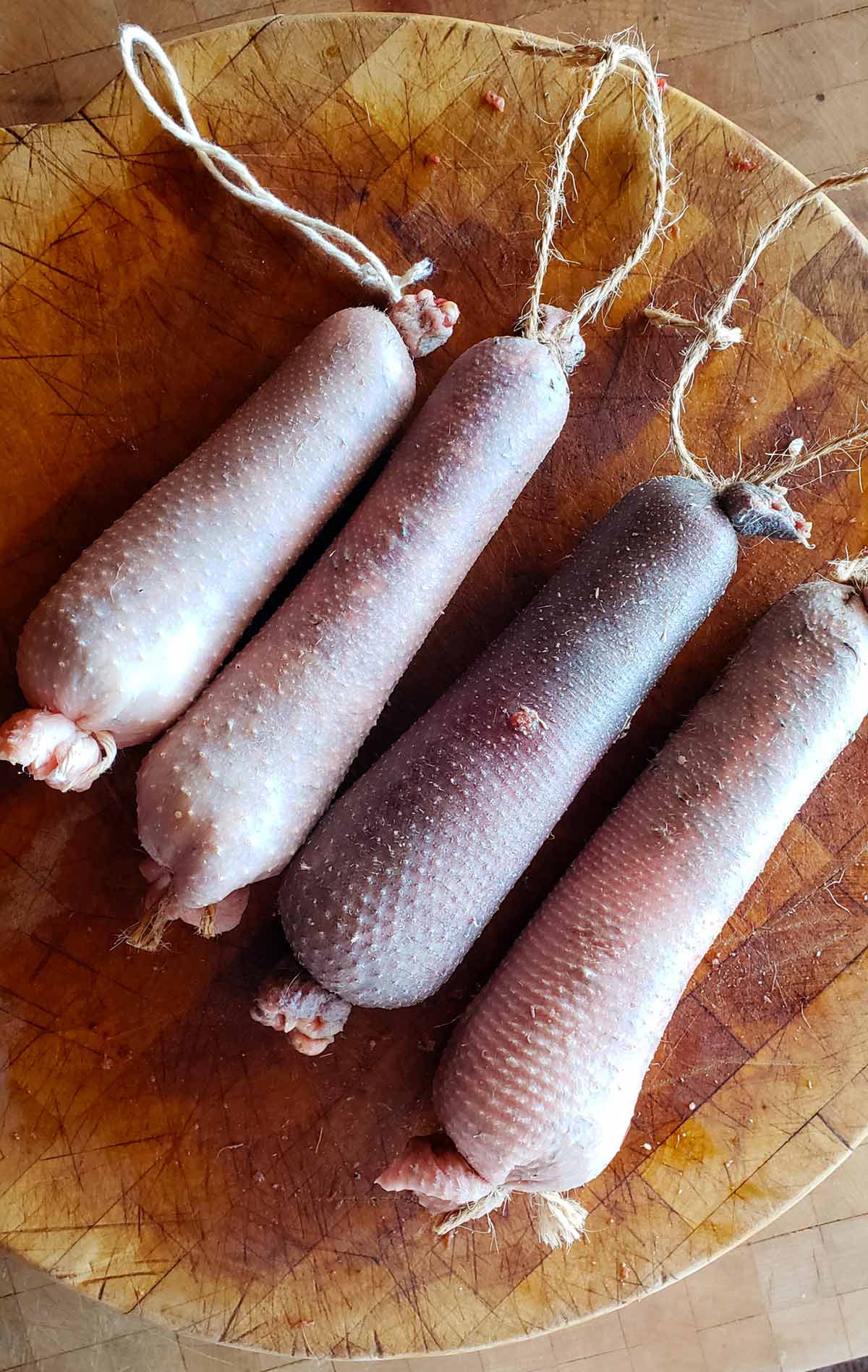
Making sausages using a bird’s neck as a casing was something I “invented” back in 2007, when I was struck by how perfect a goose’s neck would be as a sausage casing. Alas. As the Romans put it, nothing is new under the sun. It seems the French do this around Gascony; I found a reference to the practice in Paula Wolfert’s Cooking of Southwest France.
At least I came by it honestly. I later ate cou farci in France, and it’s really good. Crispy, fatty, not tough or rubbery at all.
Why do this? Well for one, it uses a part of the animal that would otherwise go into the stockpot. But the real reason is because the skin on a bird can be surreally tasty, a combination of crispiness and fat that a regular hog casing cannot provide.
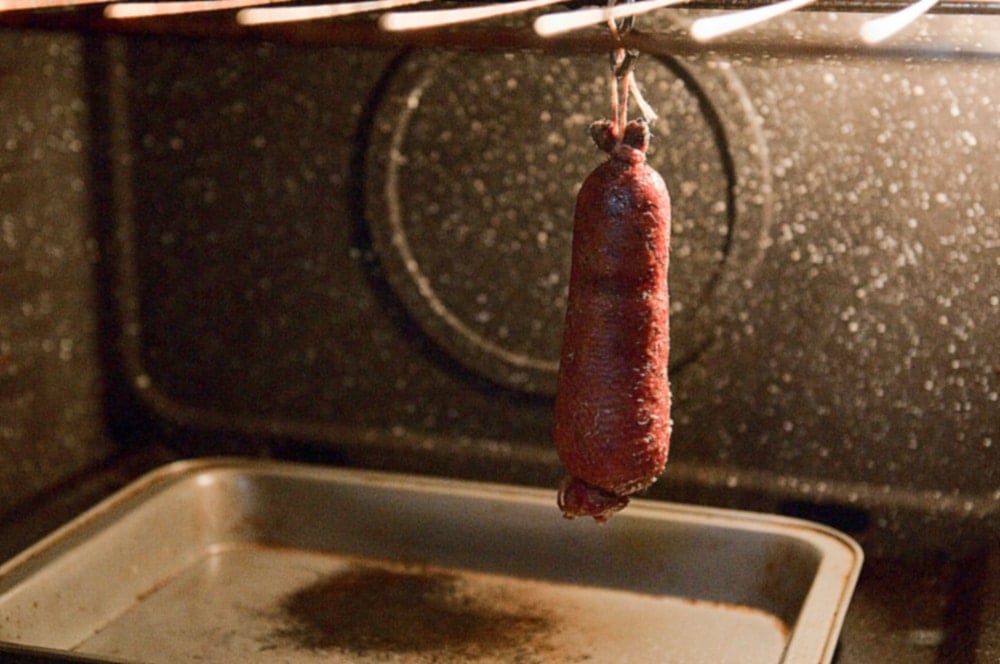
Different birds have different properties:
- Pheasant skin will crisp up easier than other birds, because it is thinner and it will have less fat than other birds. It’s the functional equivalent of chicken skin, although pheasant skin is a little tougher.
- Turkey skin is like a giant version of pheasant skin; the birds are related biologically. It can be tougher still, but makes the largest sausage. Really old toms might not be the best for cou farci, however, as they can get rubbery. Stick to jakes.
- Duck skin is thicker, and there is often a significant layer of subcutaneous fat attached to the inside of the neck skin. This is mega-yummy. The downside is the sausages tend to be small, about 4 inches. Obviously farmed duck necks are longer.
- Goose skin is best of all: It is exactly like duck skin, but long enough to make a proper sausage. And while this is a rare item, if you are lucky enough to get yourself a swan tag, the neck of a swan makes the finest bird’s neck sausage in the world.
Here’s how you prepare the necks for later when you want to make neck sausage:
- Pluck the bird right up to its chin. You want as much length as you can muster for the neck. Do not use necks that have the skin torn badly or that have holes in them.
- Push the actual neck out of the skin; it will be attached by little fibers, but these pull off easily.
- Remove the windpipe and any other organ-y looking bits from the skin. Wash it thoroughly inside and out.
- Dry it well and lay it flat, or folded over once on itself. The skin retracts when removed from the neck, so you want it to be as long as possible. Wrap closely in plastic wrap and freeze, or vacuum-seal it. They will last this way in the freezer for up to a year.
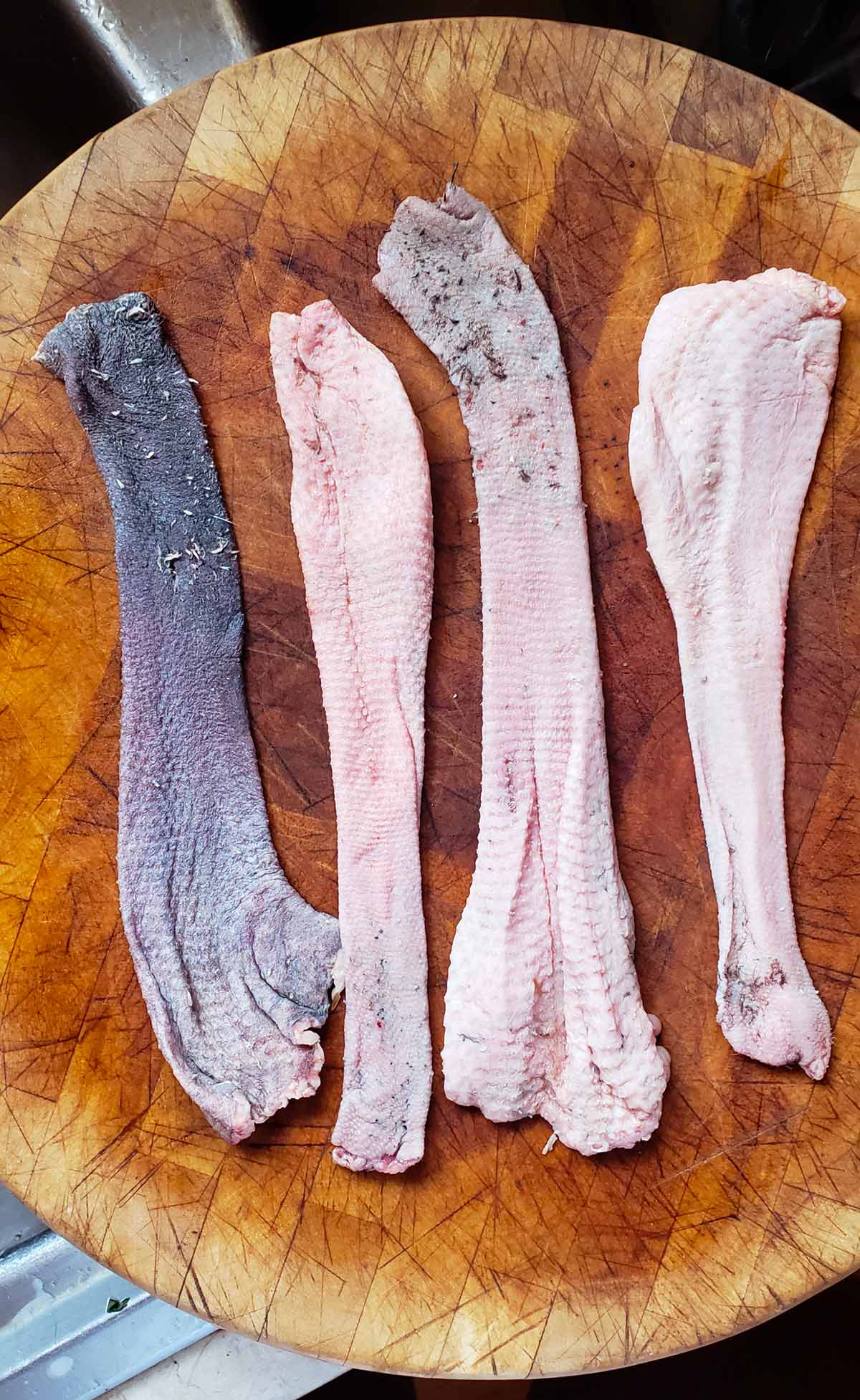
When you want to make the sausage, you will need a sharp knife, some fine kitchen twine, a pair of scissors, and, of course, some sausage meat.
- Start by tying off the narrow end of each neck with the twine. Tie it well in double knots!
- Stuff sausage by hand or with a piping bag or a plastic bag with a corner cut out. Leave at least 1/2 inch space between the meat and the fat end of the neck.
- Gather the fat end of the neck and gently squeeze the meat into the narrow end. You want to compress the meat into the sausage to make it pretty tight. Don’t overdo this, though.
- Tie off the fat end well with the twine.
- Trim the string, then the loose ends of the neck skin with the sharp knife. Don’t cut too close to the twine, but make it look presentable.
On to the cooking. The two keys to cooking cou farci is getting good color on the skin and slow cooking the insides. There are two ways to do this:
- Gently brown the skin in a frying pan on medium heat. You will need a little fat to keep it from sticking; I like to use homemade duck fat. Then put the sausages in a 300°F oven for about 15 to 20 minutes, depending on their size.
- Leave a loop of kitchen twine at one end of the sausage and hang them in a smoker or an oven set at 300°F for about 45 minutes to an hour — more for a turkey sausage. This is my preferred method, as the smokiness really adds something to the sausage and you get an even browning.
What to stuff your neck sausage with? Well, that’s up to you.
You can stuff them with any regular sausage meat, or you can get as exotic as you desire. I’ve stuffed mine with ground elk, regular pork sausage, and venison sausage, but the cou farci I ate in France was stuffed with Toulouse sausage.
I also like stuffing them with ground giblets of the ducks themselves to make a lovely garlic and sage-infused sausage. It’s a hardcore stuffing, but if you’re willing to use a neck as a casing, why not fill it with seasoned ground giblets?
New to making sausage? You can find my detailed tutorial on how to make sausages at home here.
Cou Farci, Goose Neck Sausage
Equipment
- Kitchen twine
Ingredients
- 4 goose necks
- 1 pound loose sausage
Instructions
- Assuming you have skin-on neck, plucked from just under the bird's head to where it met the body, you'll need to clean them. Push the meat and bone out from the skin. It will be attached by connective tissue. Use this for duck stock.
- Turn the skin inside out. Pull off the trachea and the esophagus. Rinse under cool water, removing any bloody spots. Return the skin to outside out, and dry it on a cutting board while you do the next one.
- Use your fingers to stuff the necks with loose sausage work from the fat end to the skinny end, leaving about an inch at the end. Use kitchen twine to tie off the skinny end tight and compress the sausage against it. Keep filling the neck until you have about an inch and a half at the fat end. Tie this off tightly, and use a sharp knife to trim excess skin.
- These are ready to be cooked or frozen.
Nutrition
Nutrition information is automatically calculated, so should only be used as an approximation.

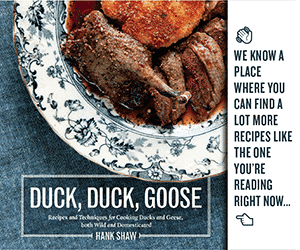
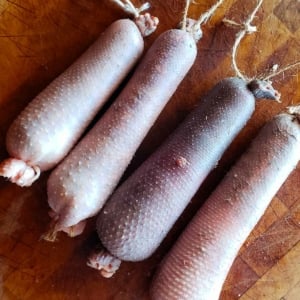
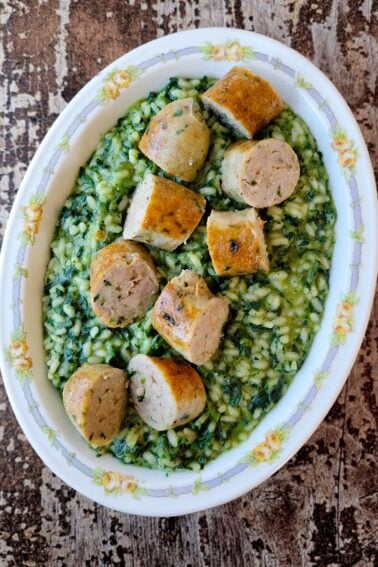
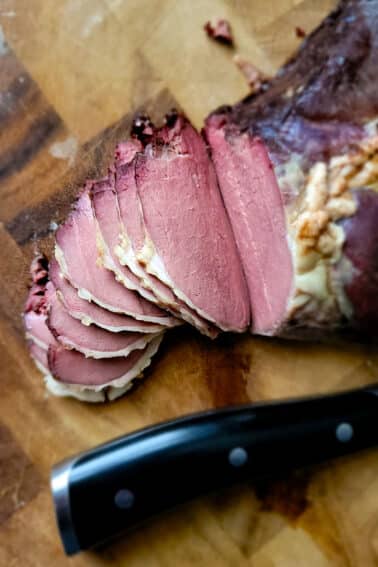
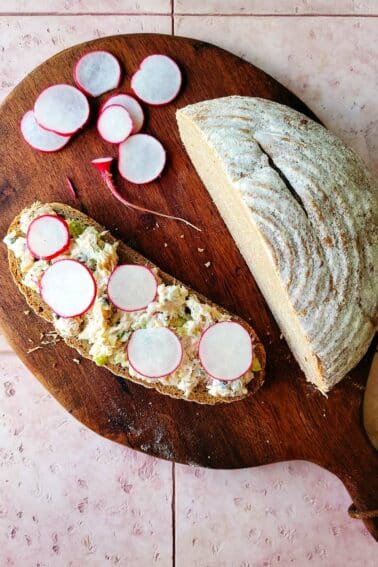
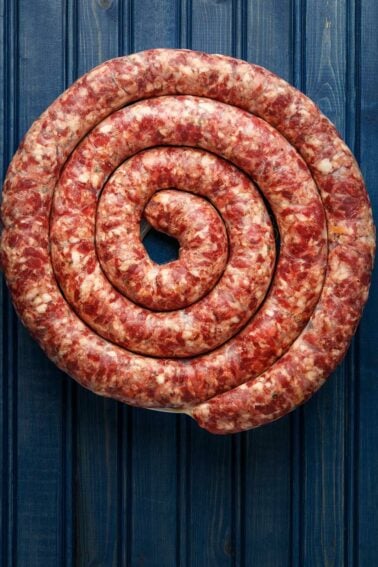
I assume specs are best for this and Canada geese a respectable second. What about snows?
James: Canadas are best because they are larger. I’ve use snow goose necks, too and the work well.